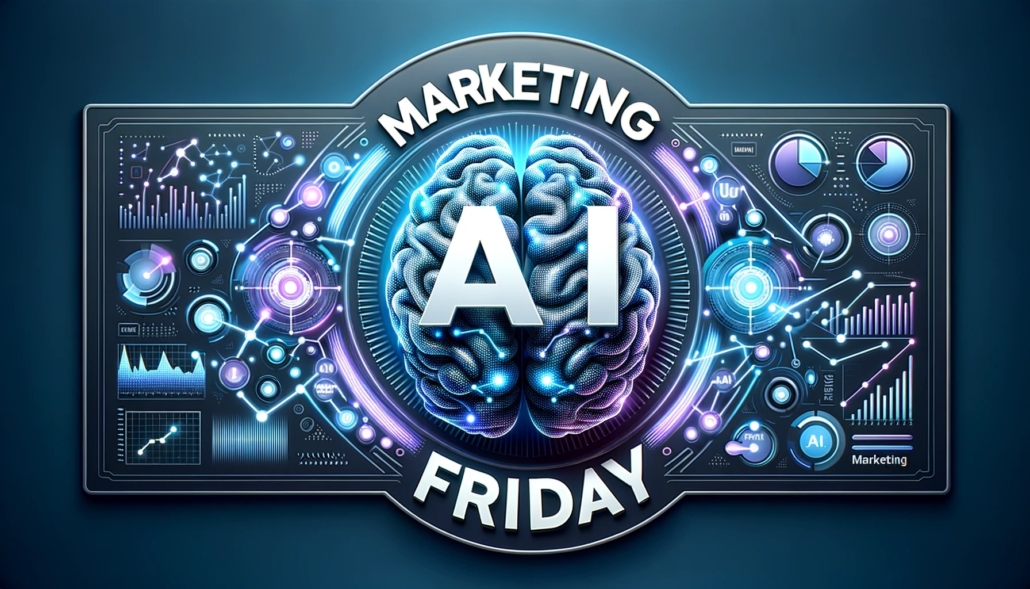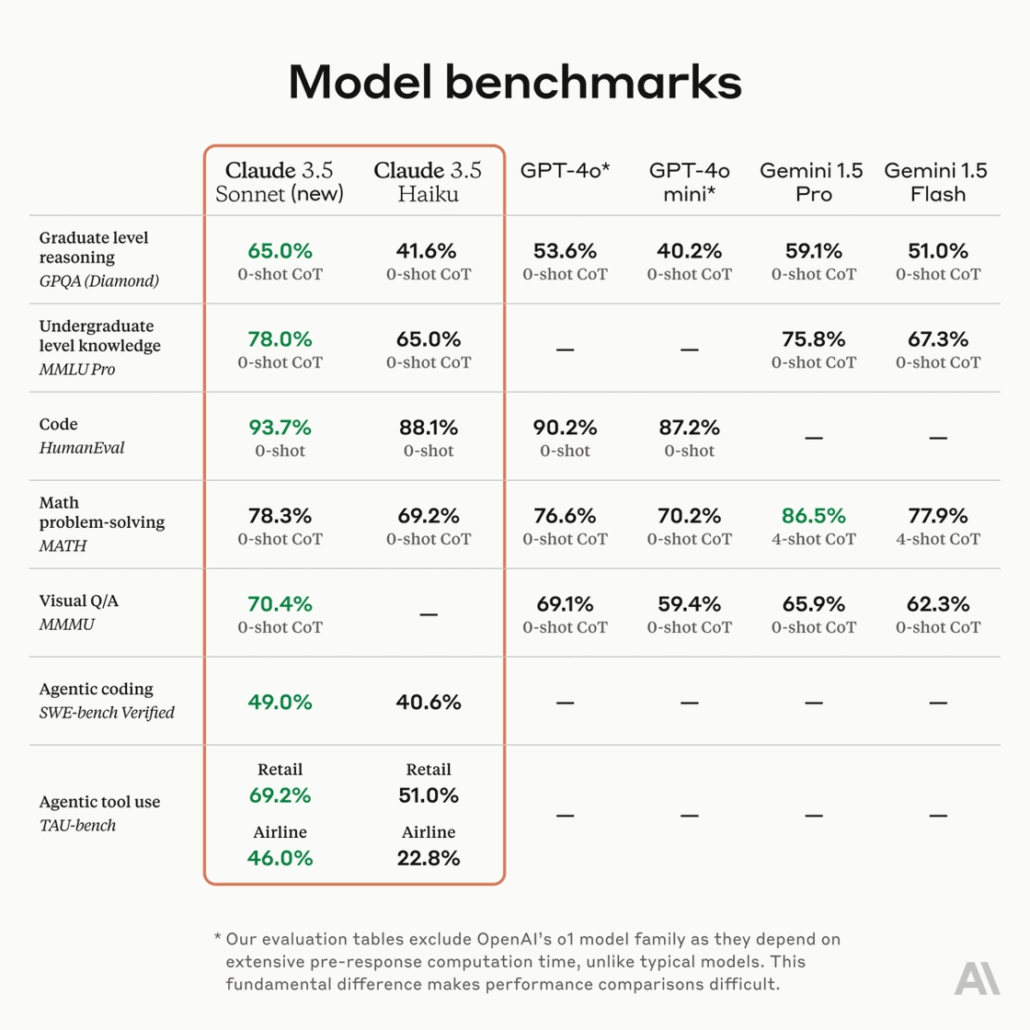In de sportmediawereld zorgt AI voor een stroomversnelling in de manier waarop nieuws en analyses worden gedeeld. Een van de bedrijven die zich hier actief in beweegt, is PXR Media, het mediabedrijf achter platforms als Voetbal International, VoetbalPrimeur en Bright. Onlangs sprak onze collega Denis Doeland in de podcast AIToday Live over de rol van AI bij PXR Media en hoe het bedrijf AI inzet om processen te stroomlijnen en innovatie te bevorderen.
De rol van de AI-taskforce bij PXR Media
Een belangrijke stap in de AI-strategie van PXR Media is het oprichten van een speciale AI-taskforce, een team dat de coördinatie van alle AI-initiatieven op zich neemt. Deze taskforce bewaakt de balans tussen technologische innovatie en menselijke controle, belangrijk voor een succesvolle AI-implementatie. De juiste mix van AI-technologie en menselijke expertise zorgt ervoor dat processen tot wel 50% efficiënter kunnen verlopen.
In de praktijk betekent dit dat AI bepaalde taken automatiseert, terwijl redacteuren en andere medewerkers zich kunnen richten op taken die meer creativiteit en menselijk inzicht vereisen. AI wordt hier niet gezien als vervanging, maar als een versterking van het werk.
Automatisch gegenereerde wedstrijdverslagen: een case bij Voetbal International
Een opvallend voorbeeld van AI-implementatie bij PXR Media zijn de automatisch gegenereerde ‘robotverslagen’ die Voetbal International sinds maart 2023 aanbiedt op haar wedstrijdpagina’s. Met deze AI-gestuurde verslagen worden fans tijdens wedstrijden up-to-date gehouden met de laatste ontwikkelingen. Het systeem maakt real-time verslaggeving mogelijk, wat niet alleen zorgt voor een snellere nieuwsvoorziening, maar ook de inzet van redacteurs optimaliseert.
De strategische aanpak van AI bij PXR Media
AI zal in de toekomst veel gaan veranderen, maar je hebt wel een goed doordachte strategie nodig om daadwerkelijk succesvol te zijn. Bedrijven moeten bepalen hoe snel ze willen innoveren en in hoeverre ze op de ‘innovatiegolf’ willen zitten. Een agressieve aanpak kan concurrentievoordelen opleveren, maar brengt ook risico’s met zich mee. Het gaat om het vinden van een balans die past bij de visie en strategie van het bedrijf.
Denis benadrukt dat AI geen snelle oplossing is, maar vraagt om een doordachte strategie. Bedrijven moeten zelf bepalen waar ze op de ‘innovatiegolf’ willen zitten. Vooroplopen heeft risico’s maar kan ook flink concurrentievoordeel opleveren. Het gaat om de juiste balans tussen innovatie en implementatie.
Continu experimenteren voor duurzame digitale waarde
Denis moedigt aan om constant met AI te blijven experimenteren. Het continu leren en aanpassen is essentieel om waarde op te bouwen die niet alleen de efficiëntie verhoogt, maar ook de veerkracht van het bedrijf vergroot in een snel veranderend medialandschap.
Volgens Denis draait het om het creëren van digitale waarde die ook op lange termijn relevant blijft. AI kan een belangrijke rol spelen in het verbeteren van bedrijfsprocessen en klantbeleving, maar alleen als het bedrijf blijft inspelen op veranderingen en nieuwe mogelijkheden blijft ontdekken.
Luister naar het volledige verhaal
Benieuwd naar de praktische kant van AI? In de podcast AIToday Live deelt Denis Doeland hoe PXR Media AI toepast in de mediabranche, met lessen voor bedrijven die willen innoveren door technologie en menselijk inzicht te combineren.

Take a leap forward in your marketing AI transformation every week
Every Friday, we bring you the latest insights, news and real-world examples on the impact of AI in the marketing world. Whether you want to improve your marketing efficiency, increase customer engagement, sharpen your marketing strategy or digitally transform your business. 'Marketing AI Friday' is your weekly guide.
Sign up for Marketing AI Friday for free.


